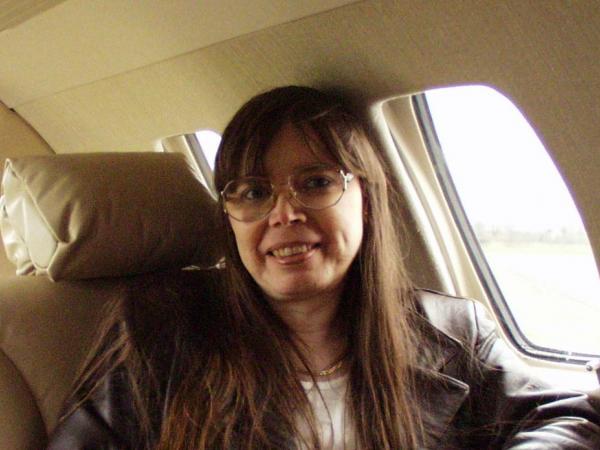
Date: 9 March 2011
This was followed very shortly in 1965 by a position in a very large engineering company. It was here that Julie designed and wrote advanced production software controlling the complicated network of operations to manufacture very heavy duty overhead cranes.
This was at the very start of the computer revolution on the very first disc based computers in the world. The only available IT education at the time was from the computer manufacturers of which there were very few, but Julie then received arguably the best initial IT education from IBM.

The first optimisation experience was gained when Julie was working as an IT manager at the largest newsprint mill in Europe, which employed around 1400 operatives.
Here, she developed linear programming based software to optimise the cutting of 6 metre paper widths to the smaller sizes ordered by customers.
Work then began on the Trimloss glass cutting optimisation software in 1978 when asked to solve the problems by one of the first five double glazing manufacturers in the UK.
The first version of Trimloss was released shortly after, under the present company name, working initially on a computer timesharing system. Continued development of the product took place on timesharing and then mini computers, until the first Personal Computer version was released in 1984.
This revolutionary advance made the hardware much more affordable and the number of customers began significantly to increase.
The initial glass optimiser was embellished over the years, with links to many different types of cutting table, including shape tables, plus spacer saws, spacer benders, laser printers for glass and eventually Superspacer lines, at the same time including the complete racking instructions for every stage of work in progress, including toughening, and finishing at despatch.
The resulting lean manufacturing techniques had been developed in Trimloss probably well before they had become a popular buzzword in the motor industry, producing arguably the lowest material waste and labour costs.
Trimloss is now controlling the sealed unit production on around 24 cutting tables and 10 sealed unit lines at one of the largest window manufacturers in the British Isles.
During the early part of the Trimloss development, Julie also wrote an estimating system for one of the largest steel fabricators in the UK.
This system produced very accurate material and labour costs for the entire framework of modern steel framed buildings, thereby considerably widening Julie’s experience in the construction industry.
To date, Moorcroft Computer Services has withstood several takeover bids and Trimloss has efficiently controlled the production of an estimated 20 million sealed units, which is why any comparisons with this outstanding performance are confidently welcomed.
This has all happened under the original company name and ownership, without any takeovers and without rebadging, making Moorcroft Computer Services the most experienced and long established glass optimisation company in the world.
Any sealed unit company management now feeling ill at ease that they may not have made the wisest software choice for their company, can go to www.trimloss.co.uk to remedy the situation.
First click the “Compare Your Current Optimiser” button to quantify the possible improvements and then click the “Optimiser Scrappage Scheme” button to find out how, with no negative cash flow, it is possible to upgrade to the best.
Julie Moorcroft
Moorcroft Computer Services
26 Tunshill Road
Brooklands
Manchester
M23 9QB
Tel: +44 (0) 161 945 9945
Fax: +44 (0) 161 945 9957
E-mail: julie@trimloss.co.uk
Web: www.trimloss.co.uk
 600450
600450

Add new comment